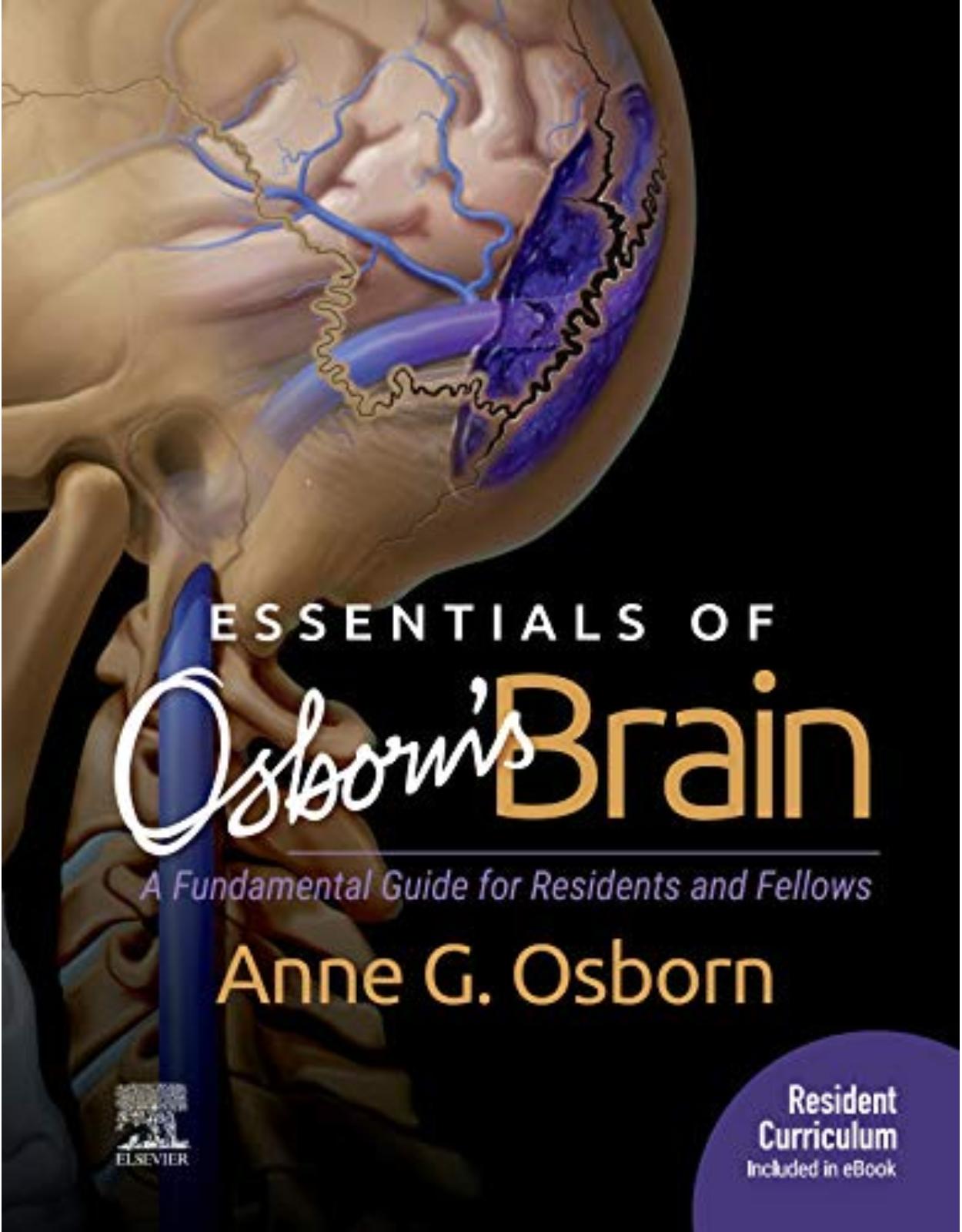
Essentials of Osborn’s Brain
Livrare gratis la comenzi peste 500 RON. Pentru celelalte comenzi livrarea este 20 RON.
Disponibilitate: La comanda in aproximativ 4 saptamani
Autor: Anne G. Osborn
Editura: Elsevier
Limba: Engleza
Nr. pagini: 704
Coperta: Paperback
Dimensiuni: 216 X 276 mm
An aparitie: 2019
Description:
Designed to facilitate easier understanding of a complex subject, Essentials of Osborn’s Brain: A Fundamental Guide for Residents and Fellows is a highly practical guide to neuroradiology by world-renowned expert Dr. Anne G. Osborn. This concise text is derived from Osborn's Brain, second edition, and contains the essential must-know information critical for residents and fellows in radiology, neuroradiology, and neurosurgery—all in a format that's ideal for study and daily reference.
- Takes readers through the neuroimaging rotations of a radiology, neurosurgery, or neurology residency or fellowship via a "curriculum" of selected readings for each rotation
- Includes a brief section for each of 4 resident years, which lists directed readings in the book as well as optional correlated content in STATdx and RADPrimer for each rotation
- Combines gross pathology and imaging to clearly depict why diseases appear the way they do
- Features more than 2,000 high-definition, state-of-the-art images with each one referenced to its corresponding descriptive location in the text
- Features Dr. Osborn's trademark summary boxes throughout, allowing for quick review of essential facts
- Includes updated information on brain tumor genetics, new tumors, and interim updates to the 2016 World Health Organization classification of CNS neoplasms
- Presents new insights on autoimmune encephalitis, noninfectious CNS inflammation, and brain microbleeds, including critical-illness-associated microbleeds
· Section 1: Trauma
· Chapter 1: Trauma Overview
· Introduction
· Imaging Acute Head Trauma
· Trauma Imaging: Keys to Analysis
· Chapter 2: Primary Effects of CNS Trauma
· Scalp and Skull Injuries
· Extraaxial Hemorrhages
· Parenchymal Injuries
· Miscellaneous Injuries
· Chapter 3: Secondary Effects and Sequelae of CNS Trauma
· Herniation Syndromes
· Edema, Ischemia, and Vascular Injury
· Section 2: Nontraumatic Hemorrhage and Vascular Lesions
· Chapter 4: Approach to Nontraumatic Hemorrhage and Vascular Lesions
· Imaging Hemorrhage and Vascular Lesions
· Approach to Nontraumatic Hemorrhage
· Approach to Vascular Disorders of CNS
· Chapter 5: Spontaneous Parenchymal Hemorrhage
· Primary (Spontaneous) Intracranial Hemorrhage
· Evolution of Intracranial Hemorrhage
· Macrohemorrhages
· Microhemorrhages
· Chapter 6: Subarachnoid Hemorrhage and Aneurysms
· Subarachnoid Hemorrhage
· Aneurysms
· Chapter 7: Vascular Malformations
· CVMs With Arteriovenous Shunting
· CVMs Without Arteriovenous Shunting
· Chapter 8: Arterial Anatomy and Strokes
· Normal Arterial Anatomy and Vascular Distributions
· Arterial Infarcts
· Chapter 9: Venous Anatomy and Occlusions
· Normal Venous Anatomy and Drainage Patterns
· Cerebral Venous Thrombosis
· Venous Occlusion Mimics
· Chapter 10: Vasculopathy
· Atherosclerosis
· Nonatheromatous Vascular Diseases
· Section 3: Infection, Inflammation, and Demyelinating Diseases
· Chapter 11: Approach to Infection, Inflammation, and Demyelination
· CNS Infections
· HIV/AIDS
· Demyelinating and Inflammatory Diseases
· Chapter 12: Congenital, Acquired Pyogenic, and Acquired Viral Infections
· Congenital Infections
· Acquired Pyogenic Infections
· Acquired Viral Infections
· Chapter 13: Tuberculosis and Fungal, Parasitic, and Other Infections
· Mycobacterial Infections
· Fungal Infections
· Parasitic Infections
· Miscellaneous and Emerging CNS Infections
· Chapter 14: HIV/AIDS
· HIV Infection
· Opportunistic Infections
· Neoplasms in HIV/AIDS
· Chapter 15: Demyelinating and Inflammatory Diseases
· Multiple Sclerosis and Variants
· Postinfection and Postimmunization Demyelination
· Other Autoimmune Disorders
· Inflammatory-Like Disorders
· Section 4: Neoplasms, Cysts, and Tumor-Like Lesions
· Chapter 16: Introduction to Neoplasms, Cysts, and Tumor-Like Lesions
· Classification and Grading of CNS Neoplasms
· Intracranial Cysts
· Chapter 17: Astrocytomas
· General Features of Astrocytomas
· Localized Astrocytomas
· Diffuse Astrocytomas
· Chapter 18: Nonastrocytic Glial Neoplasms
· Oligodendrogliomas
· Ependymal Tumors
· Choroid Plexus Tumors
· Other Neuroepithelial Tumors
· Chapter 19: Neuronal and Glioneuronal Tumors
· Glioneuronal Tumors
· Neuronal Tumors
· Chapter 20: Pineal and Germ Cell Tumors
· Germ Cell Tumors
· Pineal Parenchymal Tumors
· “Other Cell” Pineal and Pineal Region Neoplasms
· Chapter 21: Embryonal Neoplasms
· Medulloblastoma
· Other CNS Embryonal Tumors
· Malignant Rhabdoid Tumors
· Chapter 22: Tumors of the Meninges
· Meningomas
· Nonmeningothelial Mesenchymal Tumors
· Other Related Neoplasms
· Chapter 23: Nerve Sheath Tumors
· Schwannomas
· Neurofibromas
· Malignant Peripheral Nerve Sheath Tumor
· Chapter 24: Lymphomas and Hematopoietic and Histiocytic Tumors
· Lymphomas and Related Disorders
· Histiocytic Tumors
· Hematopoietic Tumors and Tumor-Like Lesions
· Chapter 25: Sellar Neoplasms and Tumor-Like Lesions
· Normal Imaging Variants
· Congenital Lesions
· Neoplasms
· Miscellaneous Lesions
· Differential Diagnosis of a Sellar Region Mass
· Chapter 26: Miscellaneous Tumors and Tumor-Like Conditions
· Extracranial Tumors and Tumor-Like Conditions
· Intracranial Pseudoneoplasms
· Chapter 27: Metastases and Paraneoplastic Syndromes
· Metastatic Lesions
· Paraneoplastic Syndromes
· Chapter 28: Nonneoplastic Cysts
· Extraaxial Cysts
· Parenchymal Cysts
· Intraventricular Cysts
· Section 5: Toxic, Metabolic, Degenerative, and CSF Disorders
· Chapter 29: Approach to Toxic, Metabolic, Degenerative, and CSF Disorders
· Anatomy and Physiology of the Basal Ganglia and Thalami
· Toxic and Metabolic Disorders
· Chapter 30: Toxic Encephalopathy
· Alcohol and Related Disorders
· Amphetamines and Derivatives
· Opioids and Derivatives
· Inhaled Gases and Toxins
· Metal Poisoning and Toxicity
· Treatment-Related Disorders
· Chapter 31: Inherited Metabolic Disorders
· Normal Myelination and White Matter Development
· Classification of Inherited Metabolic Disorders
· IMDs Predominantly Affecting White Matter
· IMDs Predominantly Affecting Gray Matter
· Disorders Affecting Both Gray and White Matter
· Chapter 32: Acquired Metabolic and Systemic Disorders
· Hypertensive Encephalopathies
· Glucose Disorders
· Thyroid Disorders
· Parathyroid and Related Disorders
· Seizures and Related Disorders
· Miscellaneous Disorders
· Chapter 33: Dementias and Brain Degenerations
· The Normal Aging Brain
· Dementias
· Degenerative Disorders
· Chapter 34: Hydrocephalus and CSF Disorders
· Normal Anatomy of the Ventricles and Cisterns
· Normal Variants
· Hydrocephalus
· CSF Leaks and Sequelae
· Section 6: Congenital Malformations of the Skull and Brain
· Chapter 35: Embryology and Approach to Congenital Malformations
· Cerebral Hemisphere Formation
· Imaging Approach to Brain Malformations
· Chapter 36: Posterior Fossa Malformations
· Chiari Malformations
· Hindbrain Malformations
· Chapter 37: Commissural and Cortical Maldevelopment
· Commissural Anomalies
· Malformations of Cortical Development
· Abnormalities of Neuronal Migration
· Malformations Secondary to Abnormal Postmigrational Development
· Chapter 38: Holoprosencephalies, Related Disorders, and Mimics
· Holoprosencephaly
· Related Midline Disorders
· Holoprosencephaly Mimics
· Chapter 39: Familial Cancer Predisposition Syndromes
· Neurofibromatosis
· Other Common Familial Tumor Syndromes
· Chapter 40: Vascular Neurocutaneous Syndromes
· Capillary Malformation Syndromes
· Other Vascular Phakomatoses
· Chapter 41: Anomalies of the Skull and Meninges
· Cephaloceles
· Craniosynostoses
· Meningeal Anomalies
| An aparitie | 2019 |
| Autor | Anne G. Osborn |
| Dimensiuni | 216 X 276 mm |
| Editura | Elsevier |
| Format | Paperback |
| ISBN | 9780323713207 |
| Limba | Engleza |
| Nr pag | 704 |

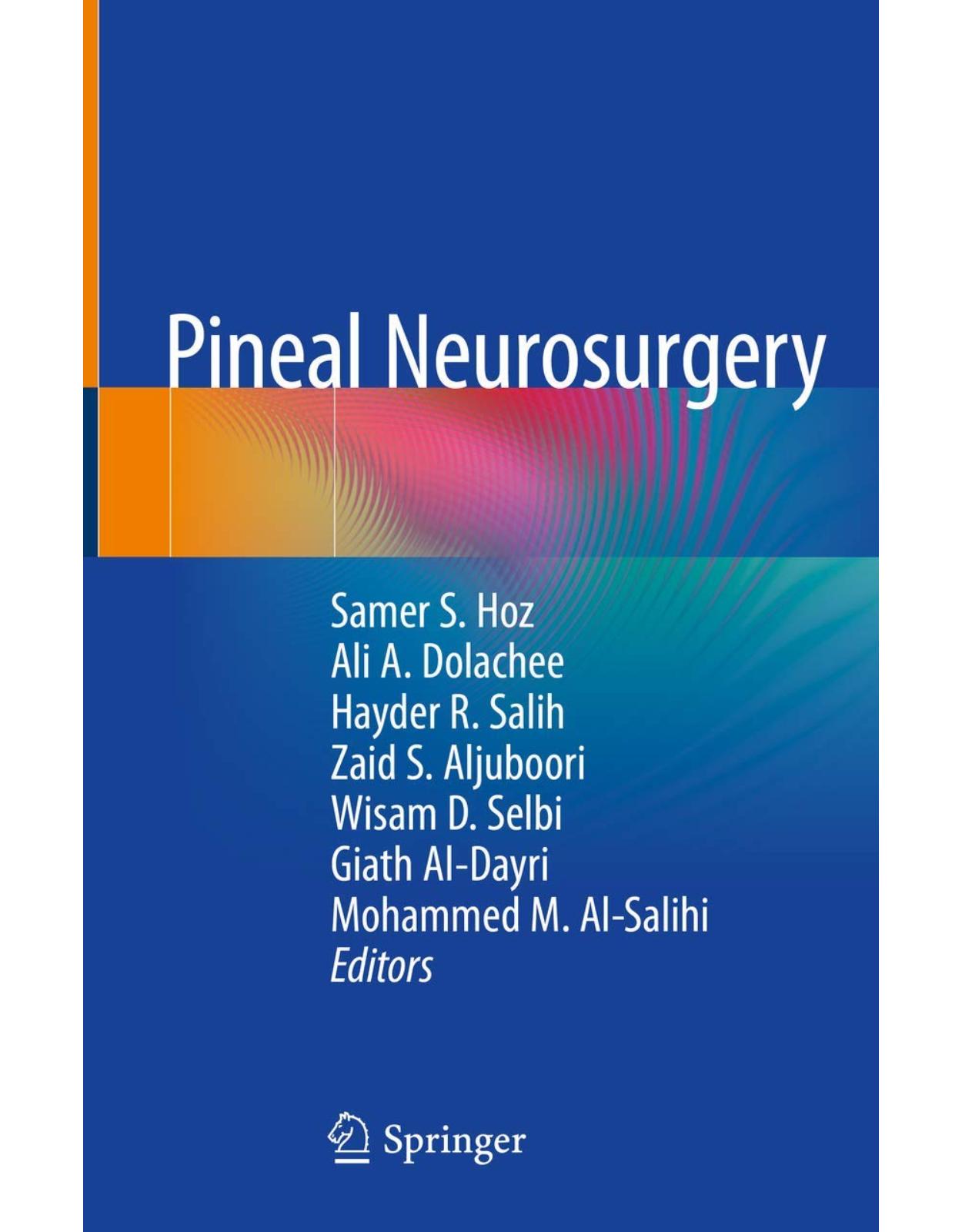
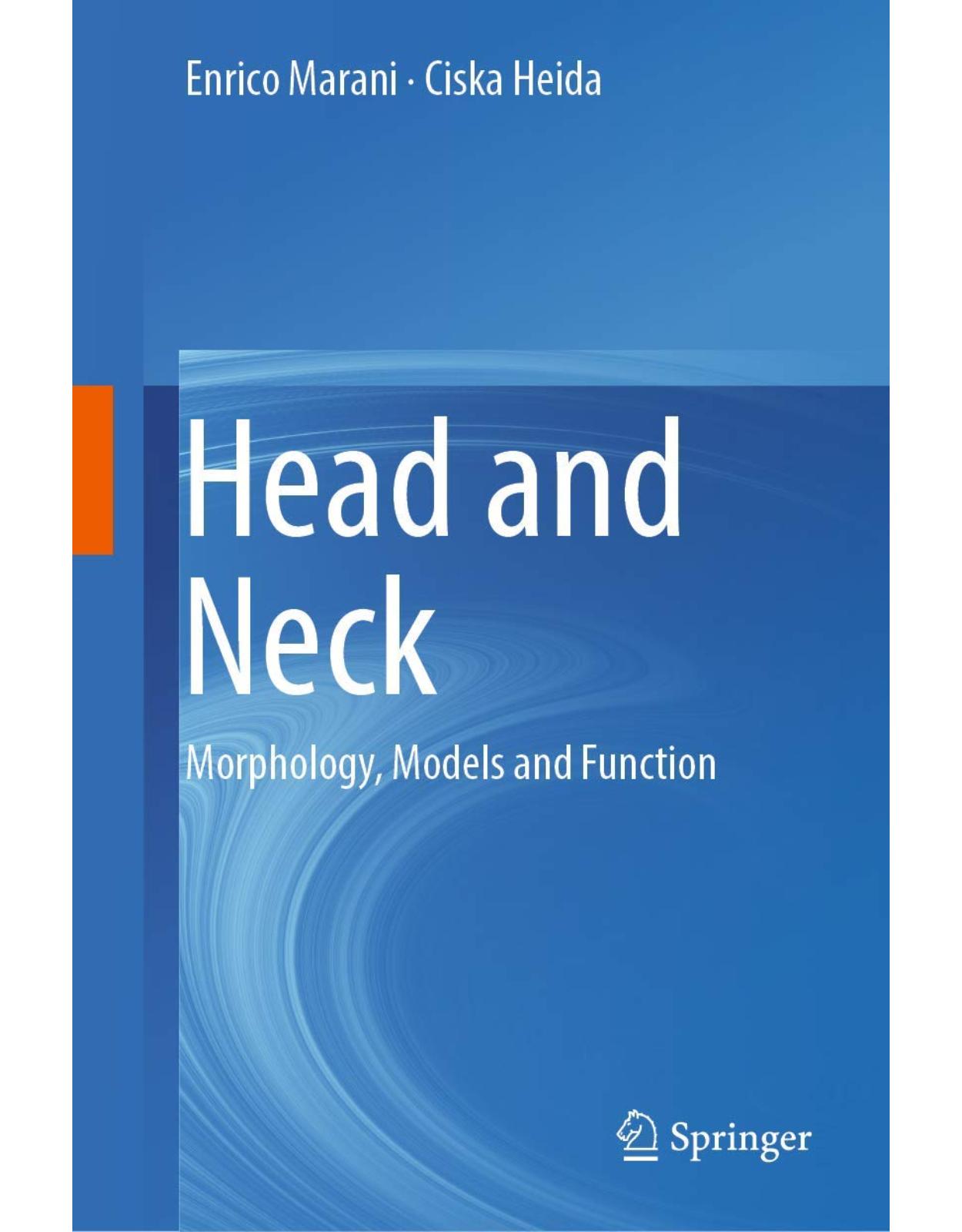
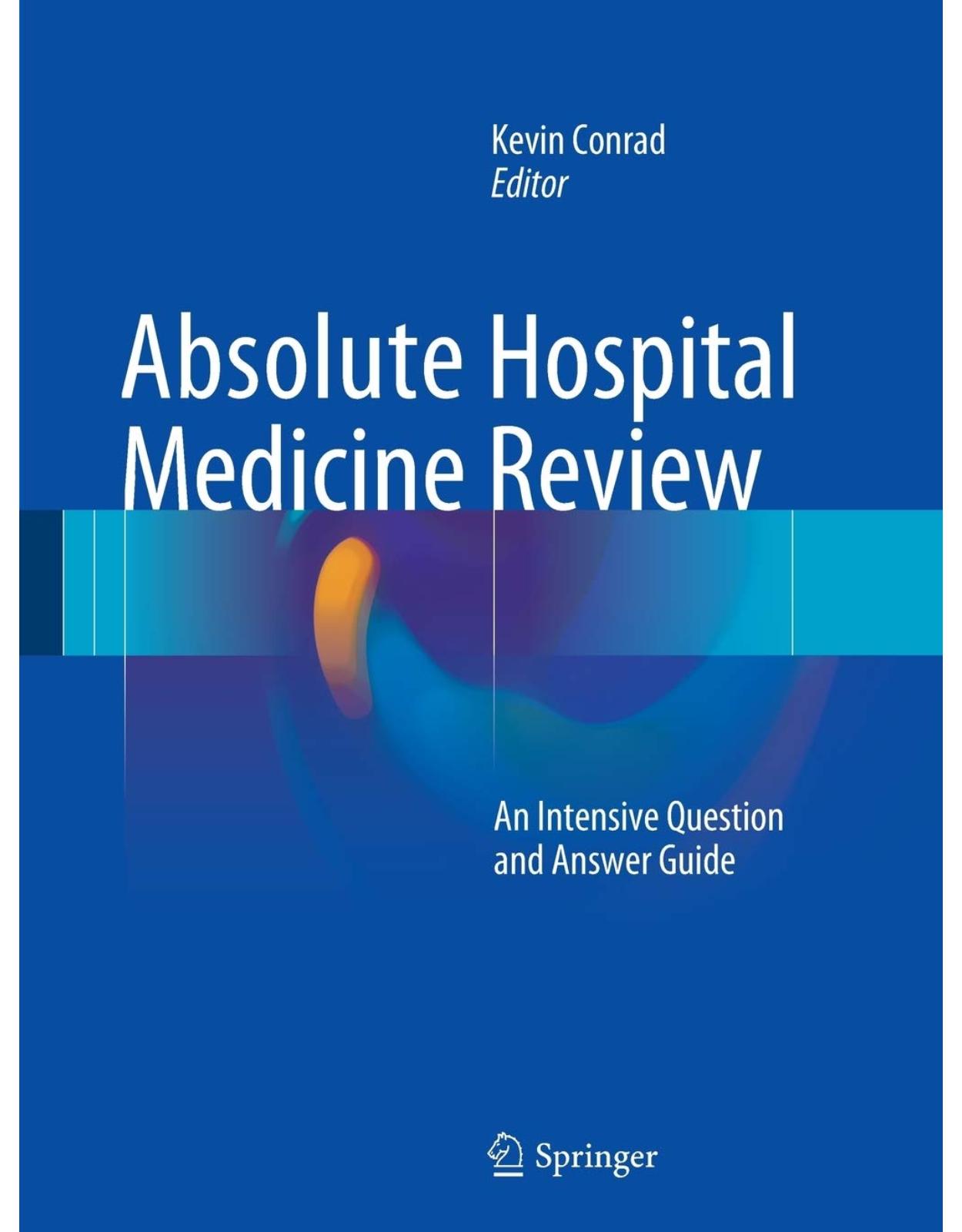
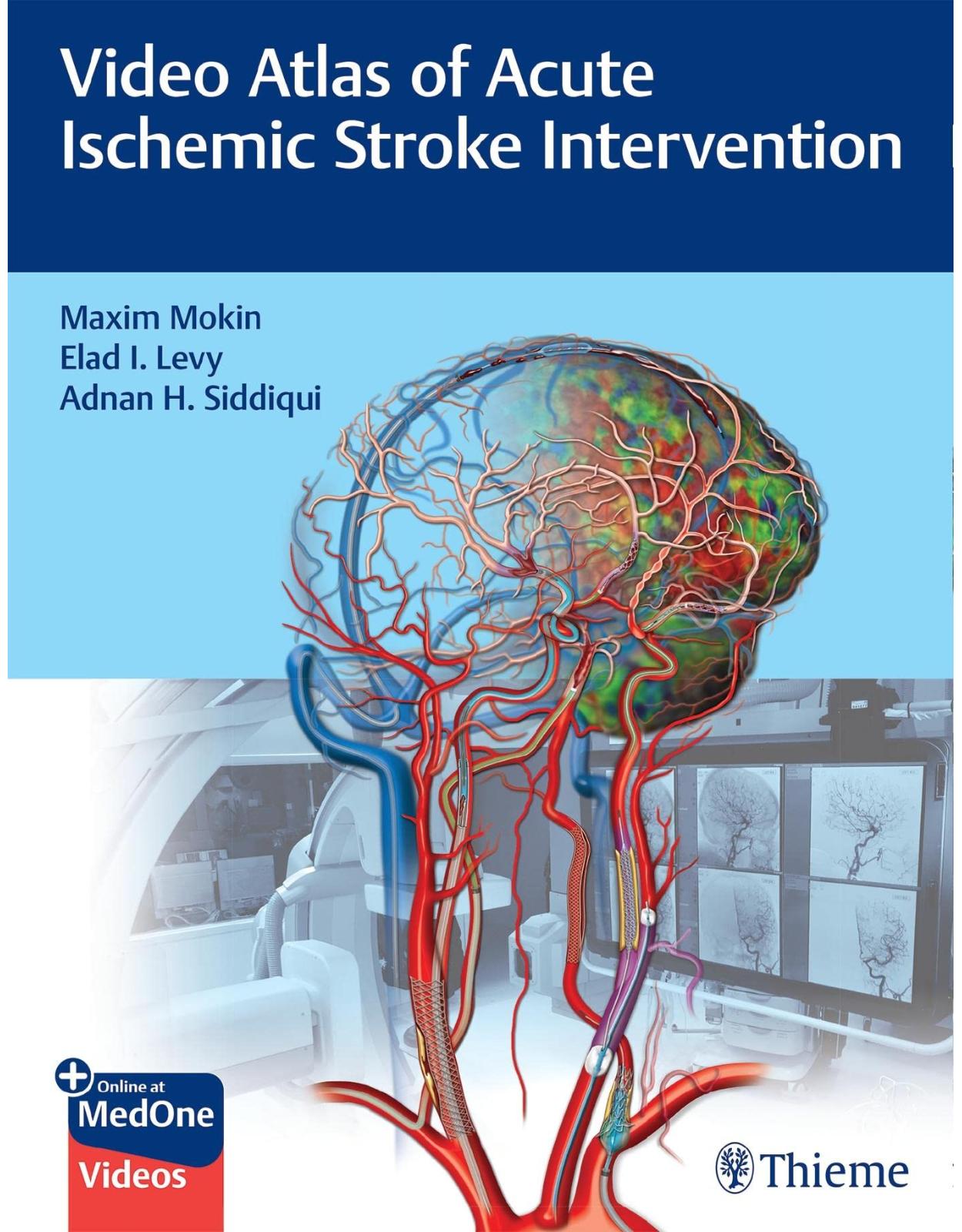
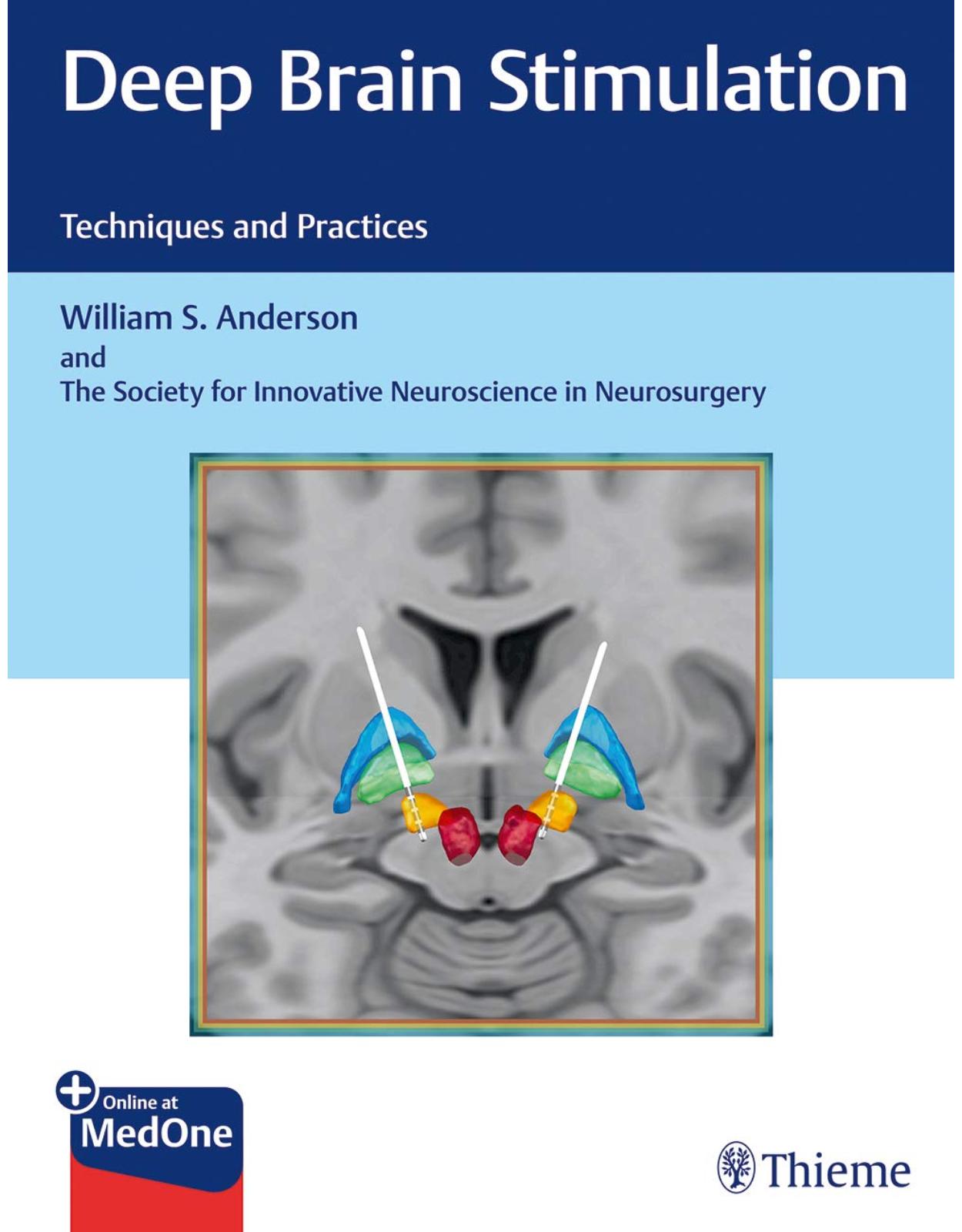
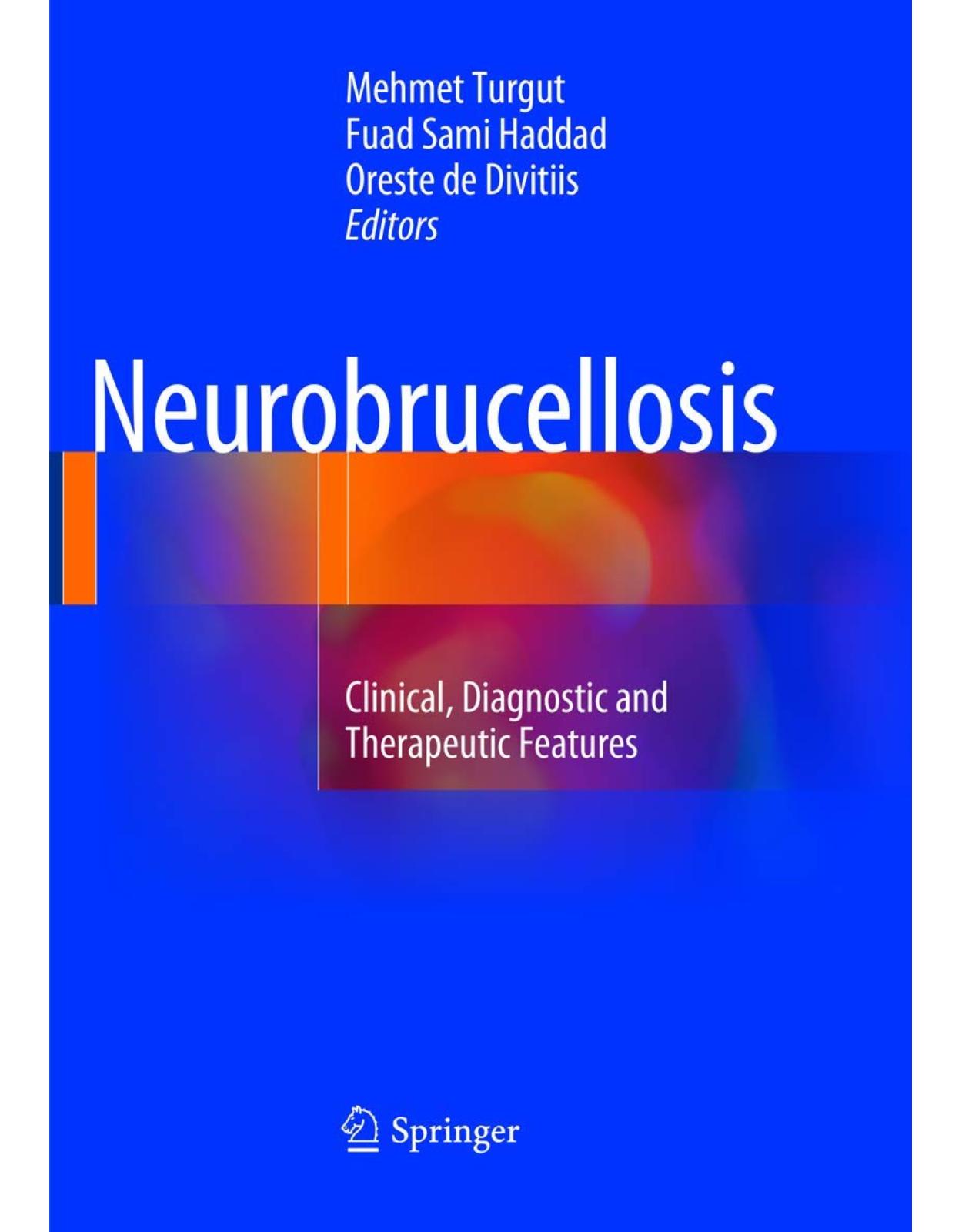

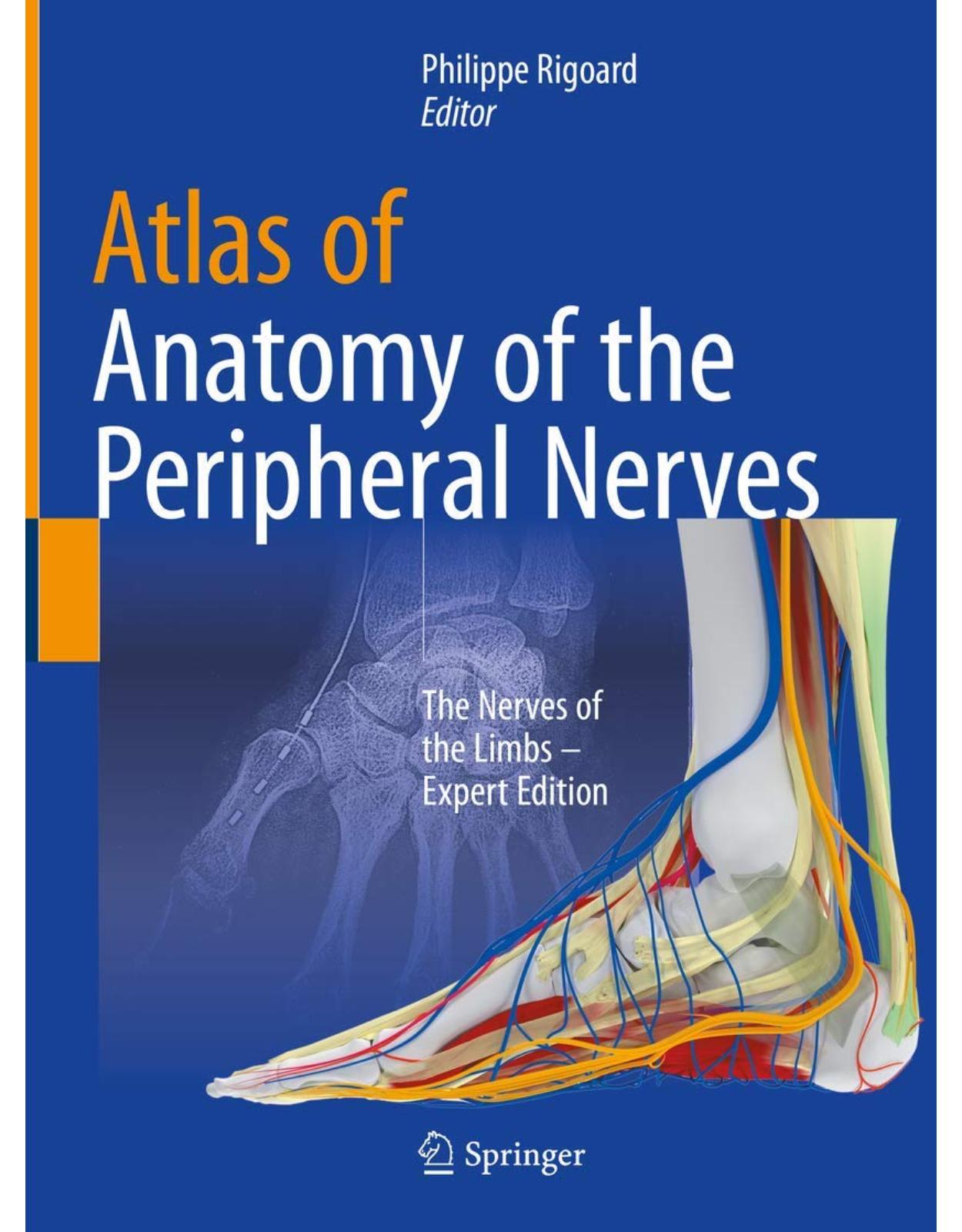
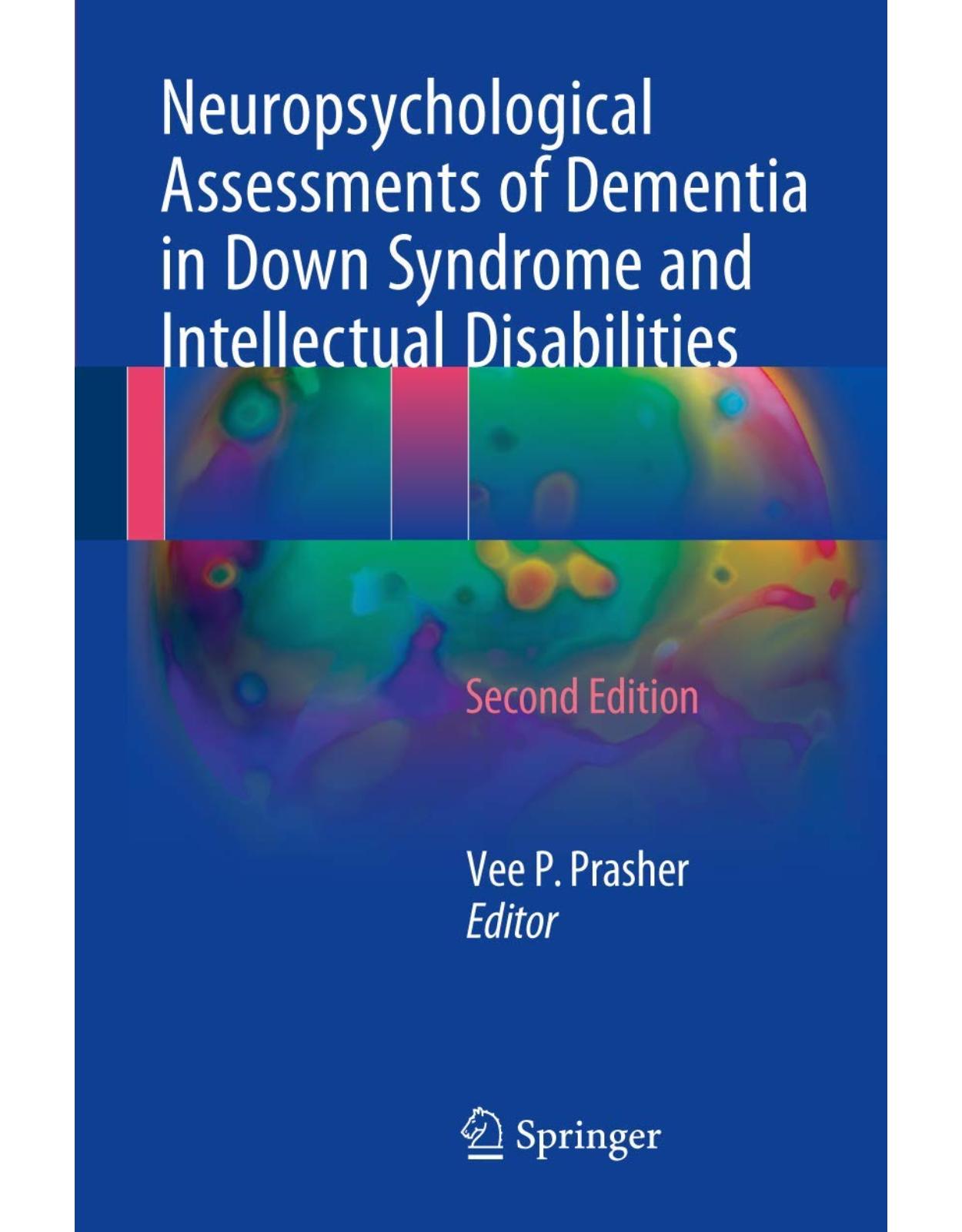
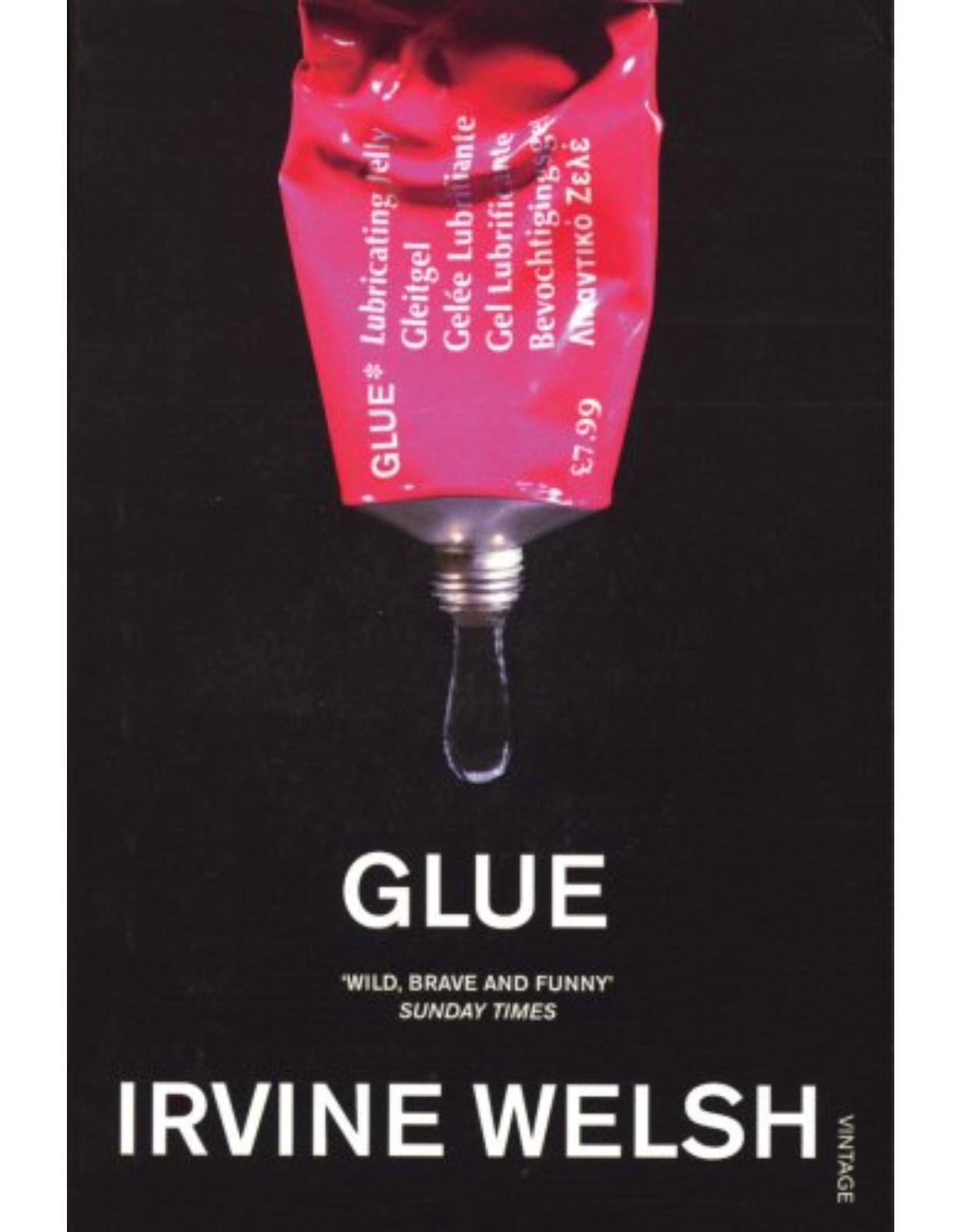
Clientii ebookshop.ro nu au adaugat inca opinii pentru acest produs. Fii primul care adauga o parere, folosind formularul de mai jos.